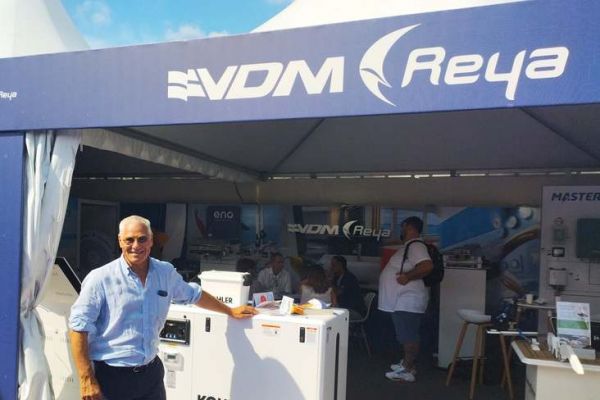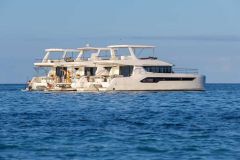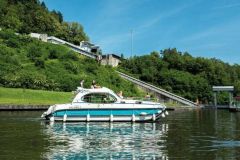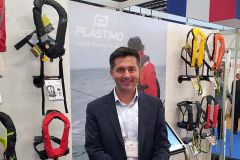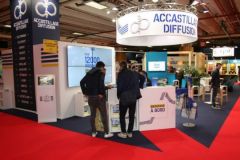In July 2023, Jean-Paul Roche handed over the helm of Alliance Marine to Jérémy Tedguy. The founder of France's leading marine equipment retailer looks back on the adventure of creating the Alliance Marine group and the evolution of the sector.
Alliance Marine is now a major player in the yachting equipment market, but could you tell us a little about its origins and the path that led you to make it what it is today?
My adolescence was a bit chaotic and probably difficult for my parents. I entered the job market with a welder's CAP and worked in various trades. At the age of 26, I went back to school to take a BTS in economics and marketing at the CNAM in evening classes. When I finished my studies, I joined a car parts group as deputy sales manager, before becoming director of France for an Italian automotive group from 1987 to 1993. At the time, I was keen to take over a company, and one of the projects I had in mind was Vidal Auto, which made parts primarily for the automotive industry, with a few for the marine sector. We took over the company with a financial partner. He made this possible with a natural benevolence. A year later, we took over another company, then other competitors, until we had 180 employees. That's when I sold Vidal Auto to Alliance Automotive.
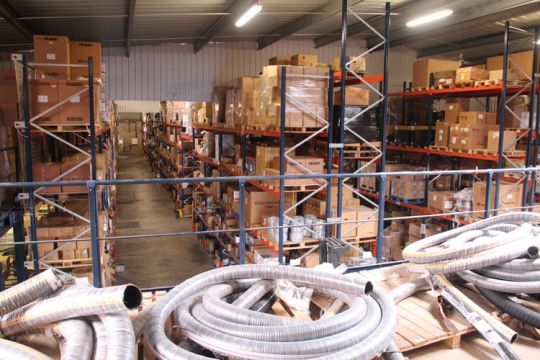
There was a philosophical question at the time: I was 42 and well off, but I wasn't old enough to retire. I proposed to the shareholders that we create Alliance Marine, on the assumption that the yachting industry was following in the footsteps of the automotive and household appliance industries, 10 to 15 years behind, and was consolidating.
After Vidal Diffusion Marine - VDM, we took over SEIMI, and continued at a rate of around 1 company every two years.
How do you manage growth like this and integrate new companies?
In 2000, Alliance Marine had a staff of 8, and today there will be 800 employees by 2023. We've gone from a micro-regional operation in Toulon to a presence in 10 countries, with sales of ?75 million, and I'd like to think that this has always been done in a good atmosphere. The model has always been to start from a company and develop it, while always respecting the culture of the companies concerned. Depending on the personalities of the sellers, this may have been more or less difficult, but we've always kept to this virtuous line.
In an acquisition, there are always 2 aspects: the buyer's ego is flattered, but the ego of those being taken over can be hurt. It's better not to want to change everything at the outset, and to respect these employees, who may be worried by the change from a small owner-manager to a group. That's why the Alliance Marine employee who arrives is well regarded. When we go to meet another takeover target, they get information from the previous sellers, and this helps the group to develop.
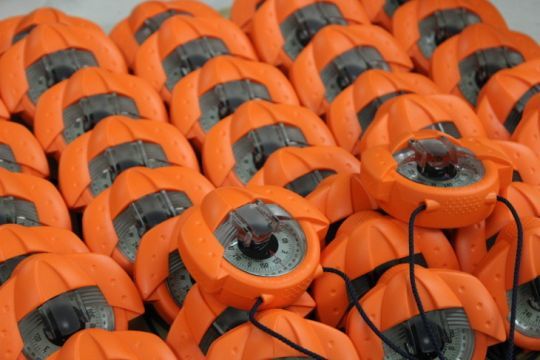
Before, this was intuitive, but as we grew, it had to be formalized in our ethics charter, through the 3 pillars of Respect, Transparency (which has to be reconciled with confidentiality) and Professionalism.
It took 15 years to become national. At a certain stage, with a new shareholder, we brought in new skills with bilingual people. A small team is no longer enough. But we've kept the skills and the desire to develop, with people who fit in with Alliance Marine's culture and desire to be operational.
What was the most memorable recovery?
The Plastimo takeover in 2012 was very special. It was the first time we'd taken over a production company, and at the bar of the court. At the time, I regularly followed Plastimo as a competitor on my dashboard, with admiration, while resenting it for having "snatched" Accastillage Bernard from me a few years earlier. It was an effervescent July, sparkling with the thought of taking the plunge.
Nevertheless, it was a difficult experience. We had to revive the dynamic and recreate the desire. During the first few weeks in the company, people's outlook oscillated between pleasure and concern. Although we initially took on 59 employees, a year later there were already 89.
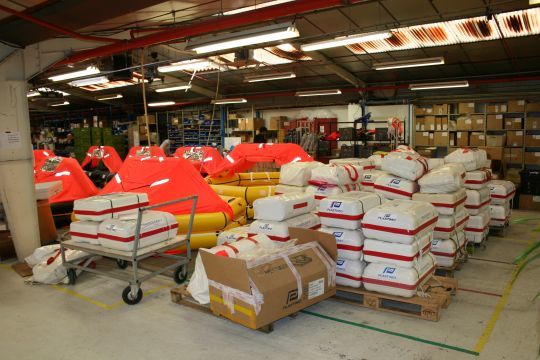
Over the past 25 years, what have been the most significant developments in boating equipment?
We've gone from an electrified boat to an electronified one. In 2004-2005, we were negotiating to take over Garmin's national importer, but it didn't work out. It was still very small compared with today.
We can also mention the arrival of small electric motors, the acceleration of RIBs and the increasing use of motors compared to sails.
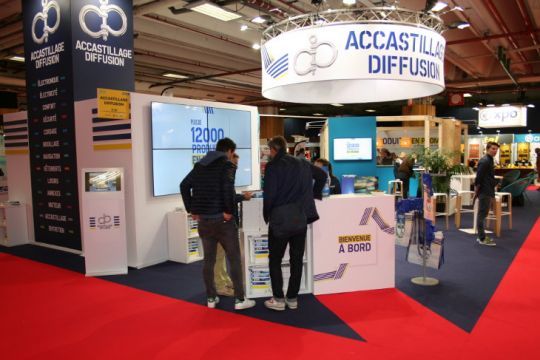
For aftermarket-oriented equipment suppliers, agreements with manufacturers are important. There has been a consolidation of manufacturers, but also of sales with the franchises in which we have played a part. Big manufacturers need big players in front of them. As their design departments become more skilled, so must those of the OEMs.
Nevertheless, our businesses remain traditional. If we've been saying for a long time that the paper catalog and the salesman on the road are finished, it's not for a long time yet, even if we have to know how to bring in modernity.

